Farm Management
All Farm Management Content
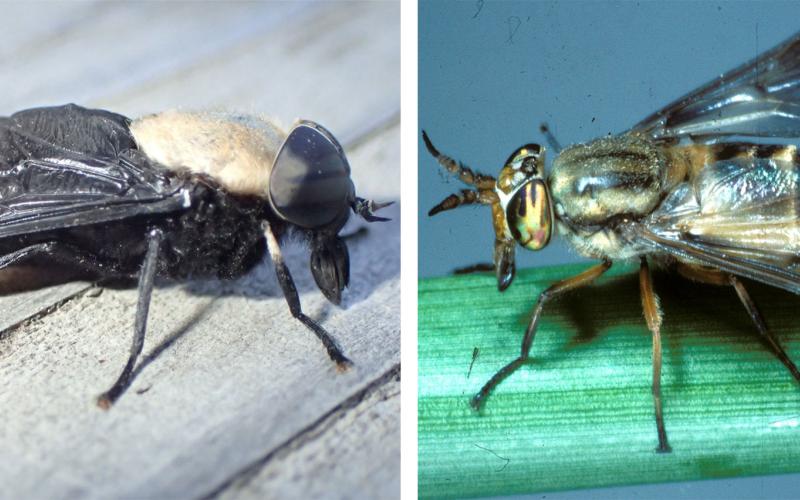
Horse Flies and Deer Flies Becoming Abundant
The above-average precipitation this year has led to increased numbers of horse flies and deer flies across South Dakota. Widespread flooding and an overall abundance of available water has made conditions perfect for these flies.
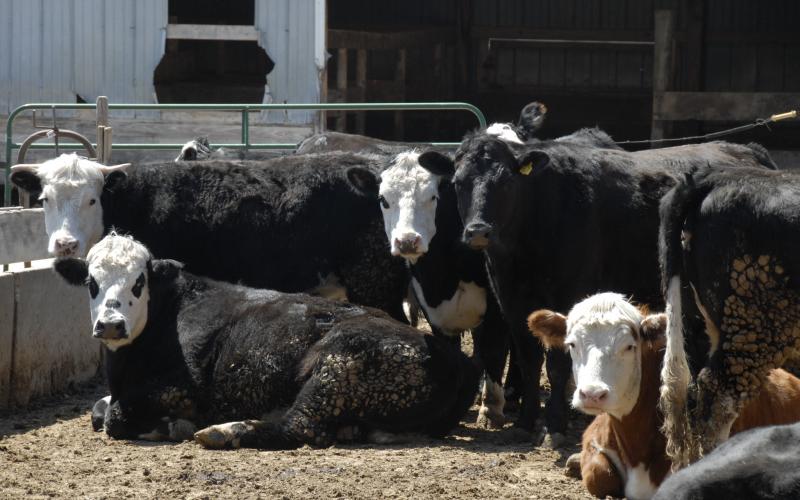
Liver Abscesses: The Unseen Profit Thief
Liver abscesses are a great example of an important value robber in feedlot cattle that’s not immediately apparent.
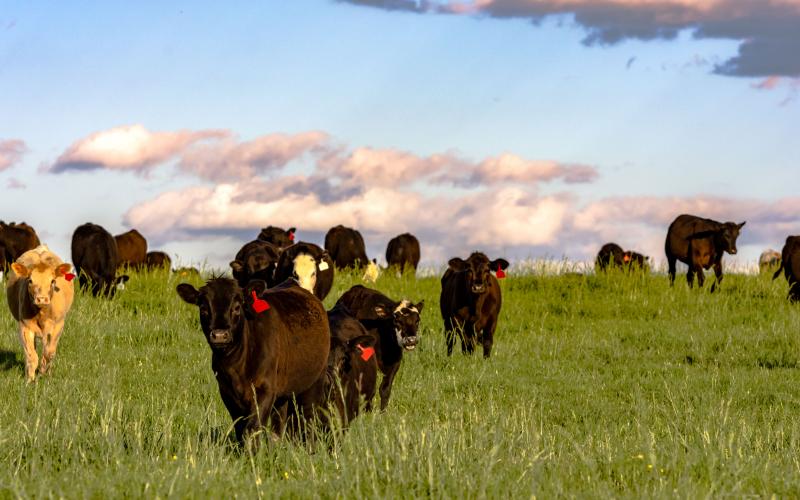
Pregnancy Diagnosis in Your Cow Calf Herd
Early pregnancy diagnosis and being able to identify AI sired calves from calves sired by clean-up bulls is crucial for maximizing herd productivity and increasing economic return from your cows.

Semen Handling Procedures
Before the start of the breeding season, it is a good practice to review the proper semen handling procedures.
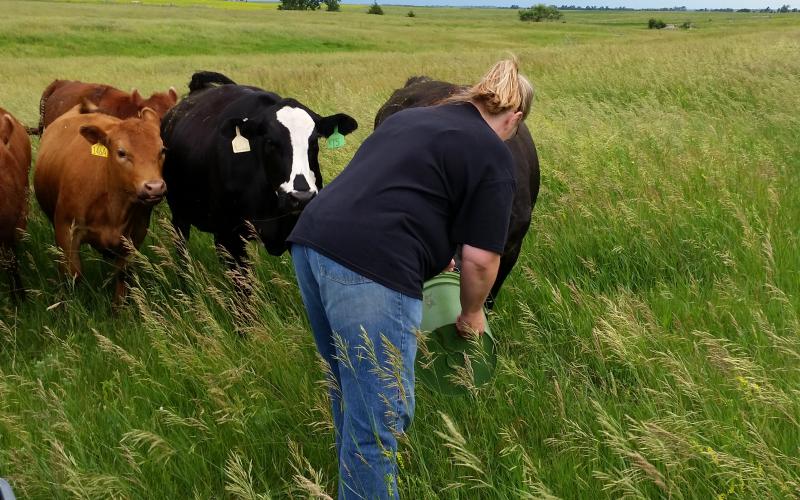
Successful Heifer Synchronization Using MGA
Effective estrous synchronization protocols are one of the keys to successful AI projects.
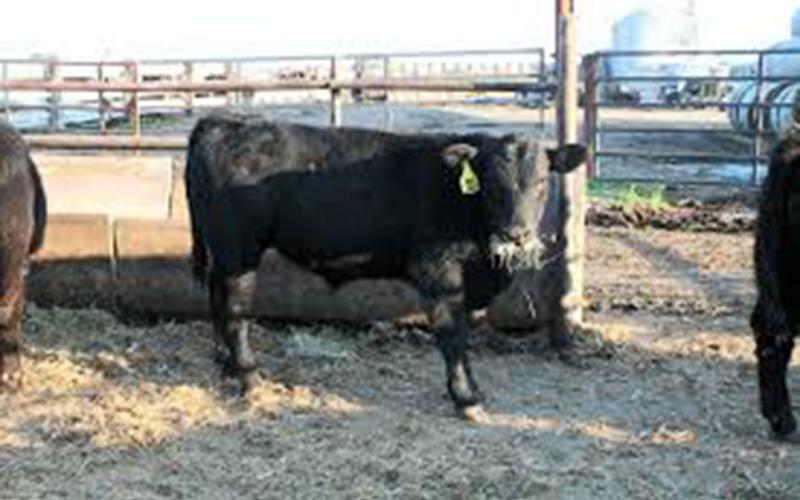
Choosing Beef Genetics for Use in Dairy Herds
Combinations of new technologies and economic challenges often usher in sweeping changes and opportunities. The use of beef genetics on dairy cows is the most-recent example.
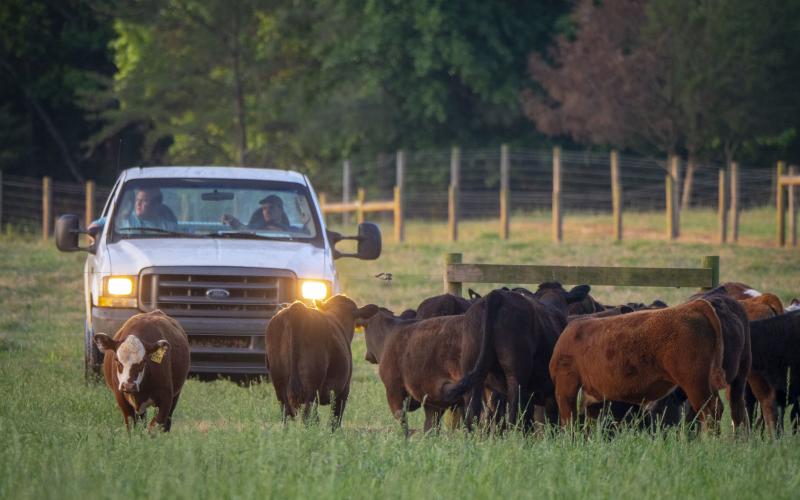
Managing Stress to Reduce Early Embryonic Loss in Beef Cattle
With the majority of pregnancy losses occurring in the embryonic period, it is critical to mitigate losses in livestock by managing stress and avoiding transportation when the embryo is most susceptible to mortality.
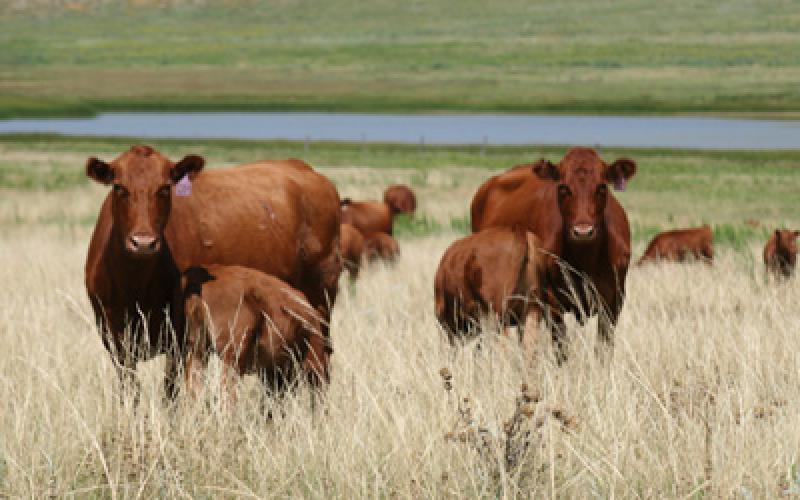
The Cost of Late Calvers
Pounds of beef sold is a key number for cattlemen. Late calvers the cows that drag out the calving season, may cost producers more than extra work and management, they may actually be costing dollars.
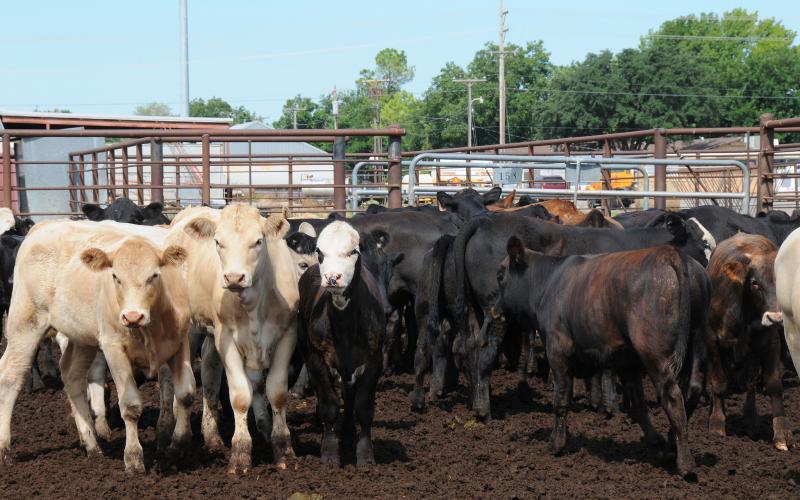
Mineral Sources May Impact Reproductive Efficiency
It is well-known by producers and feed specialists that trace minerals play an essential role in physiological functions. Minerals like copper, iodine, manganese, selenium, and zinc are important in embryonic development.

Impacts of Nutrient Restriction on Heifer Pregnancy Success
Understanding the factors impacting reproductive failure within heifers is critical to implementing management strategies that will improve heifers’ chances of remaining within the beef herd and successfully producing calves.